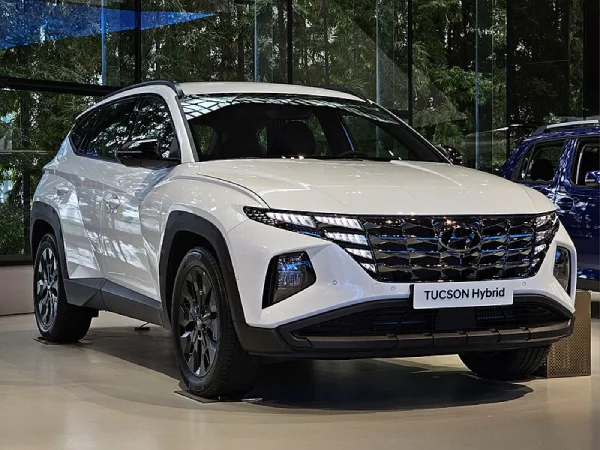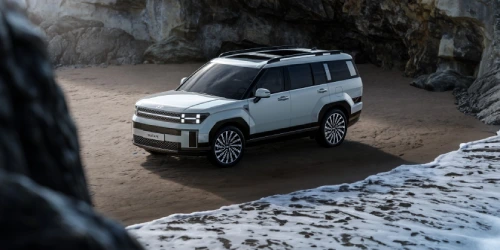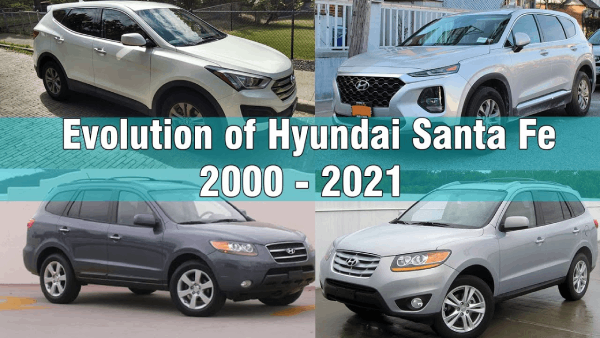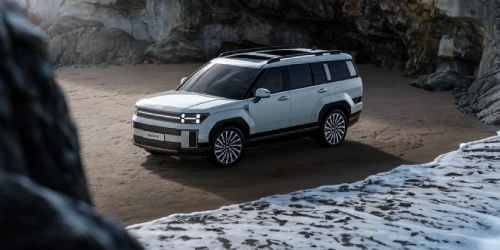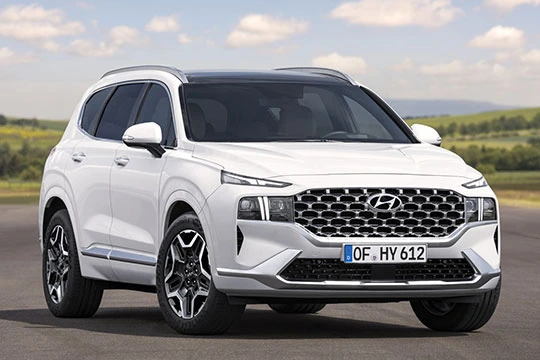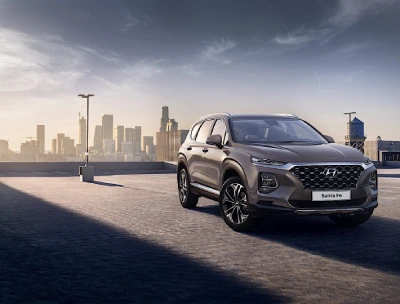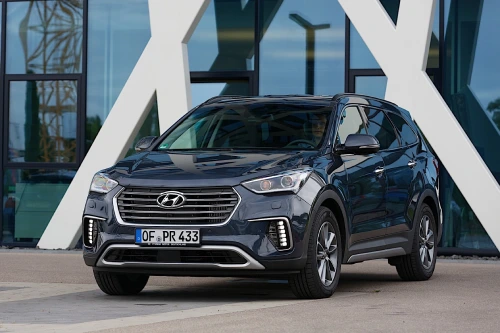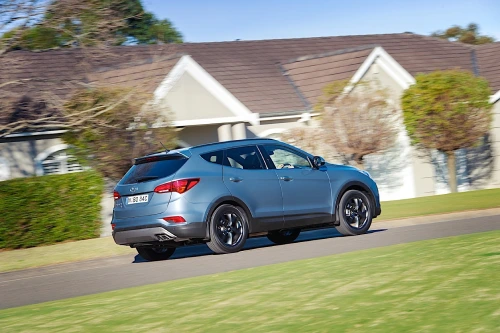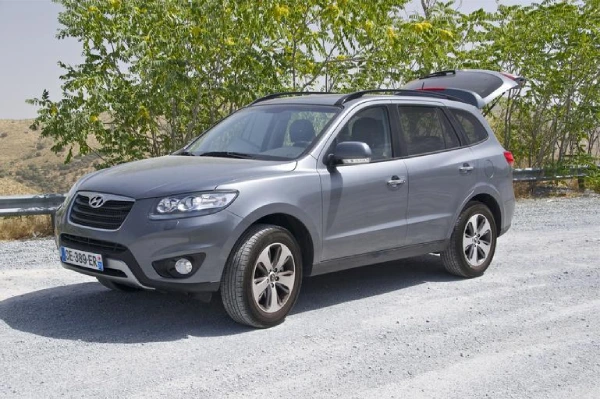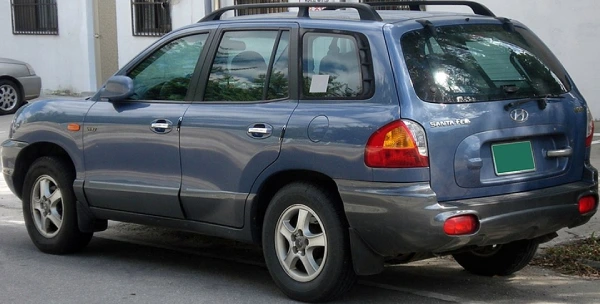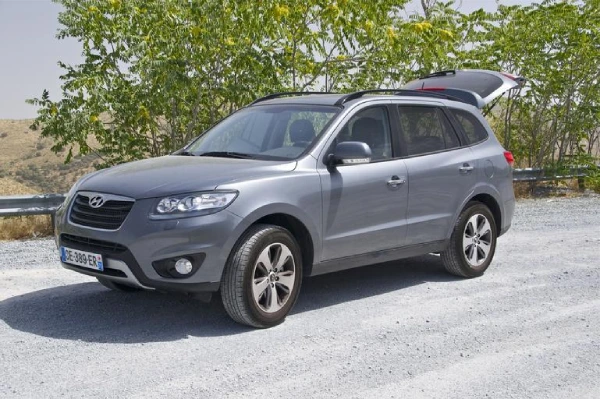The 2009 Hyundai Santa Fe V6 is a midsize crossover that combines practicality, comfort, and an array of features designed to meet the needs of families and adventurers alike. With its recent redesign, the Santa Fe has garnered attention for its modern look, upgraded technology, and impressive safety features. This review will delve into the specifications, performance, safety, interior comfort, and pricing to provide a thorough understanding of this popular SUV.
Overview of the 2009 Hyundai Santa Fe
The 2009 model year introduced only minor changes to the Santa Fe, which had been recently redesigned. With standard features like iPod and USB inputs, as well as upgraded stereos across all models, the Santa Fe remains competitive in the crowded midsize SUV market. The SE and Limited trims now come with a towing prep package and roof rack cross rails, enhancing their utility.
Key Features and Value
Edmunds describes the 2009 Hyundai Santa Fe as an excellent value, highlighting its ample safety features and amenities. This reputation for quality and affordability has solidified Hyundai’s standing in the automotive industry, making the Santa Fe a standout choice among consumers.
Vehicle Design and Aesthetics
The Santa Fe’s design has evolved significantly from its predecessor, moving away from the unique but odd aesthetics to a more mainstream and appealing look. Its exterior design draws subtle comparisons to upscale models like the Lexus RX and VW Touareg, providing a familiar yet distinctive appearance.
Inside, the Santa Fe boasts a top-notch interior that borders on luxurious, especially in the Limited trim. The use of quality materials, along with thoughtful design elements, contributes to an inviting cabin atmosphere.
Performance and Engine Options
The 2009 Hyundai Santa Fe offers two V6 engine options, catering to varying performance needs:
- 2.7-Liter V6 Engine (GLS Trim)
- Horsepower: 185 hp
- Torque: 183 lb-ft
- Transmission: 5-speed manual (standard) or 4-speed automatic (optional)
- 3.3-Liter V6 Engine (SE and Limited Trims)
- Horsepower: 242 hp
- Torque: 226 lb-ft
- Transmission: 5-speed automatic (standard)
The 3.3-liter V6 accelerates the Santa Fe from 0 to 60 mph in just 8.7 seconds, providing an exhilarating driving experience.
Drivetrain Options
All Santa Fe models are available with either front-wheel drive (FWD) or all-wheel drive (AWD). The AWD system is electronically controlled, automatically distributing power to the wheels with the best traction. Additionally, a driver-selectable AWD lock provides a fixed 50/50 torque split for improved performance in challenging conditions.
Towing Capacity
Properly equipped, the Santa Fe can tow up to 3,500 pounds, making it suitable for light-duty towing tasks such as small trailers or boats. This added capability enhances the SUV’s versatility for outdoor activities.
Fuel Economy
Fuel economy for the Santa Fe is competitive for its class. The 3.3-liter V6 engine achieves an EPA-estimated 17 mpg city, 24 mpg highway, and 19 mpg combined, which is slightly above average for midsize SUVs.
Safety Ratings and Features
Safety is a major consideration in the design of the 2009 Hyundai Santa Fe. It comes equipped with a comprehensive suite of standard safety features, including:
- Antilock Disc Brakes
- Traction Control
- Stability Control
- Front-Seat Side Airbags
- Full-Length Head Curtain Airbags
- Active Front-Seat Head Restraints
Crash Test Ratings
In government crash tests, the Santa Fe received a perfect five-star rating for protection in frontal and side impacts. Additionally, the Insurance Institute for Highway Safety (IIHS) awarded the Santa Fe the highest possible rating of “Good” in both frontal-offset and side-impact tests, reinforcing its reputation as a safe family vehicle.
Driving Experience
Handling Characteristics
While smaller crossover SUVs like the Mazda CX-7 and Mitsubishi Outlander may offer sportier driving dynamics, the Santa Fe provides a composed and comfortable ride. Its handling is generally reliable, though models equipped with larger wheels may experience a busier ride on the highway.
During normal driving conditions, the brake pedal feels responsive; however, it can become somewhat soft during hard braking scenarios. The 3.3-liter V6 engine delivers a refined driving experience, with noticeable acceleration compared to the smaller V6 engine.
Performance in Various Conditions
The Santa Fe’s AWD system enhances its performance in slippery conditions, providing drivers with confidence when navigating rain-slicked roads or light off-road paths. The driver-selectable AWD lock further improves traction, making it versatile for various driving environments.
Interior Comfort and Features
Cabin Design
The interior of the 2009 Hyundai Santa Fe is designed with both style and functionality in mind. The dashboard features high-quality materials, and in the Limited trim, faux wood and aluminum accents elevate the overall aesthetic.
Seating and Space
The Santa Fe can accommodate up to seven passengers when equipped with an optional third-row seat, though the third row is best suited for children. The second-row seating is notably comfortable, with ample legroom and headroom for adult passengers.
With both rows of seats folded flat, the Santa Fe offers up to 78 cubic feet of cargo space, striking a balance between smaller and larger crossover SUVs. This versatility makes it an excellent choice for families who need to transport a mix of passengers and cargo.
Technology and Infotainment
Standard features in the 2009 Santa Fe include:
- 16-Inch Alloy Wheels
- Full Power Accessories
- Keyless Entry
- Cruise Control
- Six-Speaker Audio System with CD/MP3 player, satellite radio, and USB port
Upgraded features in higher trims include:
- 18-Inch Alloy Wheels (SE trim)
- Automatic Headlights
- Leather Upholstery (Limited trim)
- Heated Front Seats
- Dual-Zone Automatic Climate Control
- Premium Infinity Audio System
Optional Features
Additional options available include Bluetooth connectivity, a third-row seat with auxiliary rear climate controls, a towing preparation package, and a navigation system exclusive to the Limited trim.
Conclusion: Is the 2009 Hyundai Santa Fe V6 Right for You?
The 2009 Hyundai Santa Fe V6 stands out as a reliable and well-rounded midsize SUV. Its blend of performance, safety features, and interior comfort makes it an excellent choice for families and individuals seeking a versatile vehicle.
While it may not provide the sporty driving dynamics of some competitors, the Santa Fe offers considerable value for those prioritizing space, safety, and comfort. Whether you need a dependable daily driver or a family-friendly vehicle for road trips, the 2009 Hyundai Santa Fe V6 is a compelling option worth considering.
In summary, if you’re in the market for a midsize SUV that delivers on quality, safety, and affordability, the 2009 Hyundai Santa Fe V6 is a solid choice that won’t disappoint. Its combination of features and capabilities makes it a standout in its class, ensuring that it remains a popular option among used car buyers today.
